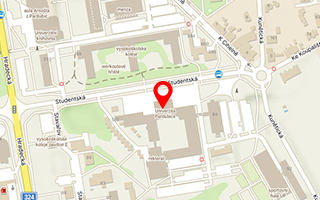Publikace detail
A stochastic model for the capacity estimation of non-seismically designed beam-column joints
Autoři:
Yurdakul Özgür | Tunaboyu Onur | Řoutil Ladislav | Avsar Ozgur
Rok: 2018
Druh publikace: článek ve sborníku
Název zdroje: Proceedings of the 12th fib International PhD Symposium in Civil Engineering
Název nakladatele: České vysoké učení technické v Praze
Místo vydání: Praha
Strana od-do: 813-819
